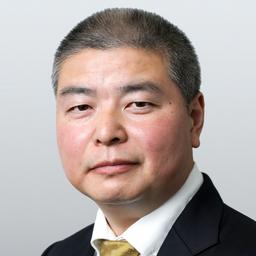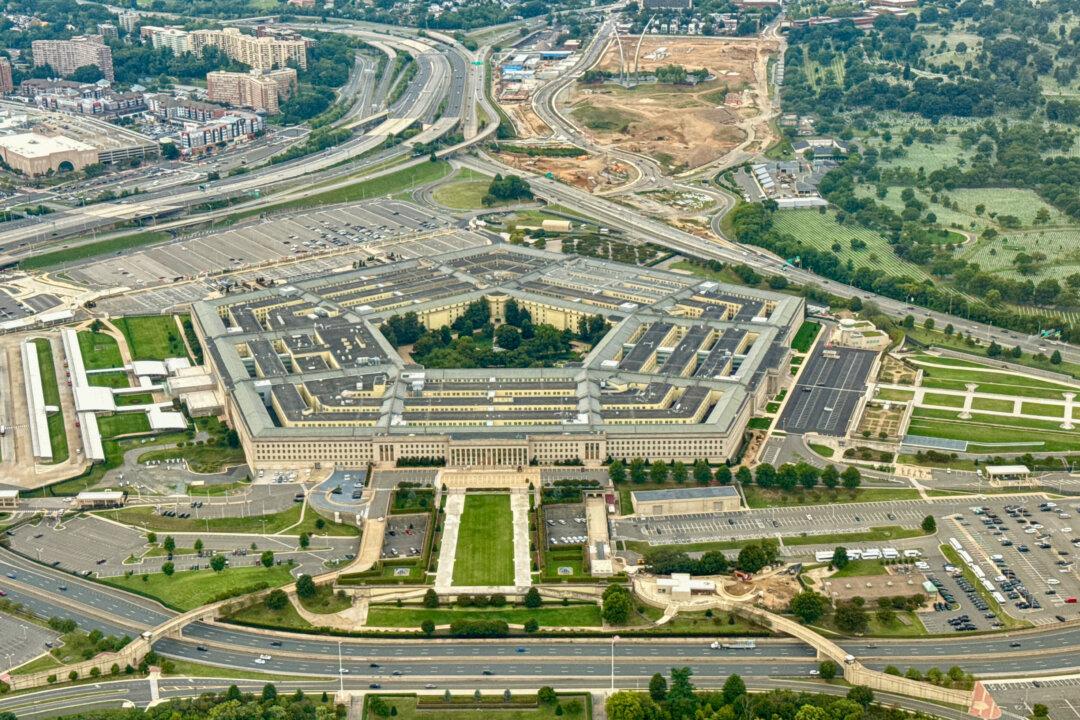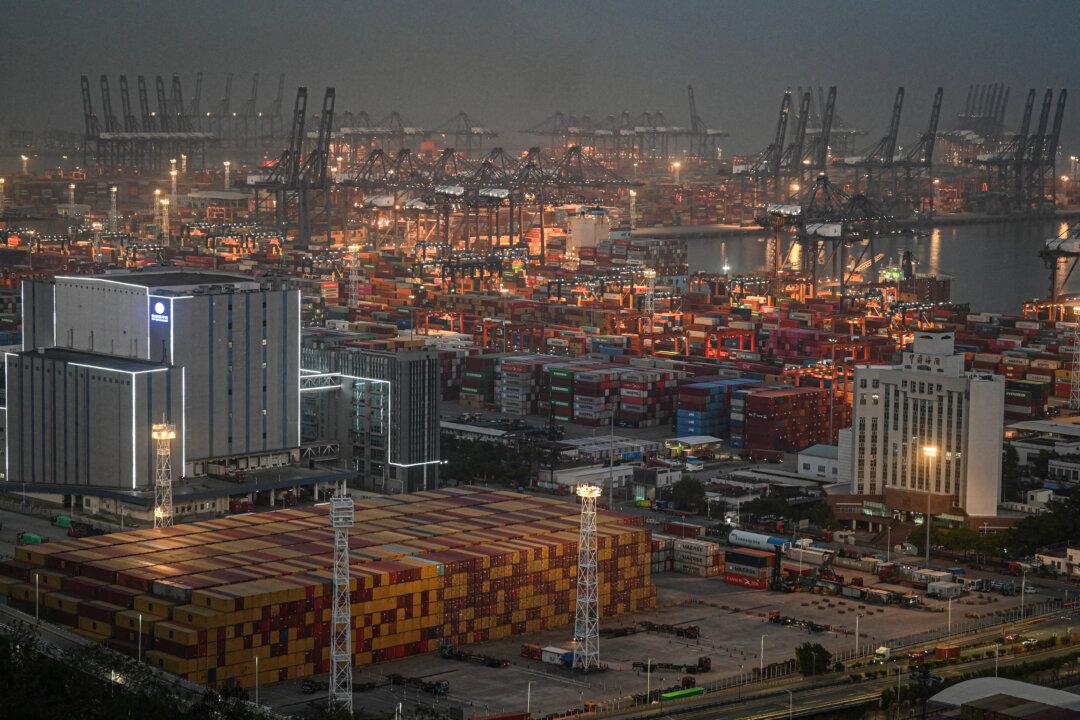Commentary
China is faced with an extremely grim job market in 2022, as at least 10 million workers have lost their jobs after the regime’s series of economic policies led to the default of the real estate sector, diminished the after school tutoring industry, and suppressed e-commerce giants. Add to this the more than 10 million college graduates expected this summer, and a record high in both total number and volume of jobless is foreshadowed.





